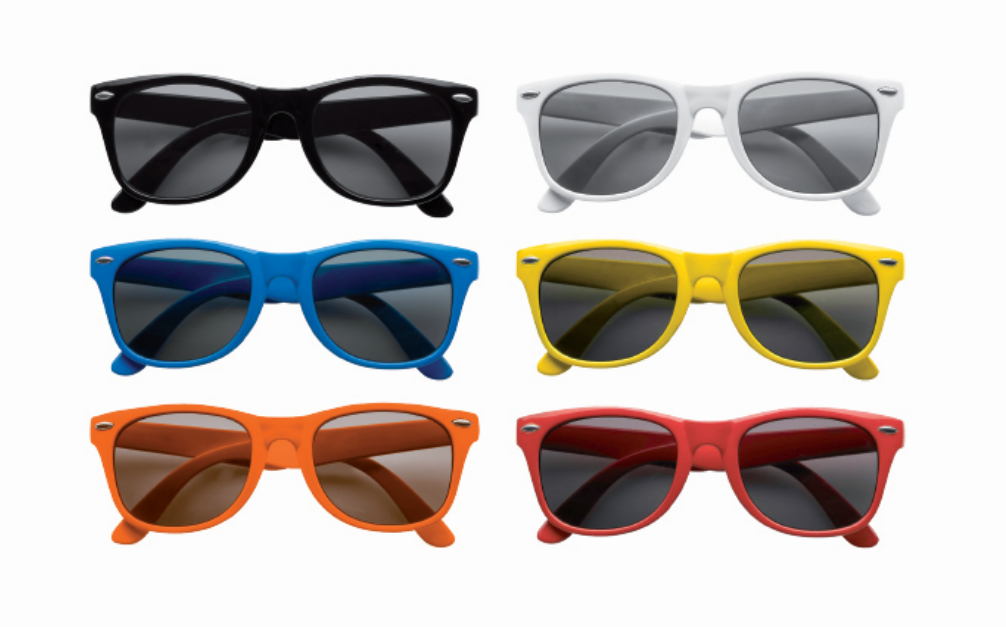The pound coin won’t be round for much longer. How will you cope when the Royal Mint brings in a new twelve-sided currency?
The most useful antidote to Black Friday.
Zippy swift rush and hurry-up
Pushed for time? In a rush? Boss given you an impossible deadline? Need a gift or a giveaway sooner than pronto? As Douglas Adams also wisely said, “Don’t Panic”. We can help.
Is advertising useless?
80 days and counting
Life-savers - a different kind of floater
Life-jackets and buoyancy aids are notoriously difficult to print onto because of the important floaty stuff inside.
To achieve a reasonable degree of permanence, most printing techniques use heat to bond the design to the fabric and neither the internal EPE foam, nor the Gore-tex outer react well to intense heat. Neither do the gas cylinders in inflatable lifejackets. Obviously.
There's no point looking sharp at the bottom of the ocean.
The manufacturer's logo and branding tend to be printed onto the fabric before they're assembled, so printing a good looking design onto the finished product is a bit of a head-scratcher. So without giving away too many of our trade secrets and nifty thinking, we opted for digital-transfers.
A digital transfer is just one way of putting logos, brands and designs onto garments, caps or bags with a minimum amount of heat. The design is printed onto transfer paper, cut out with a plotter, and then placed onto the object. Heat and pressure is then gently applied to ensure that the image adheres permanently to the garment without damage to the fabric.
The client was really happy with the finished result, so if you've got a product or garment that's problematic to print, give us a call.












